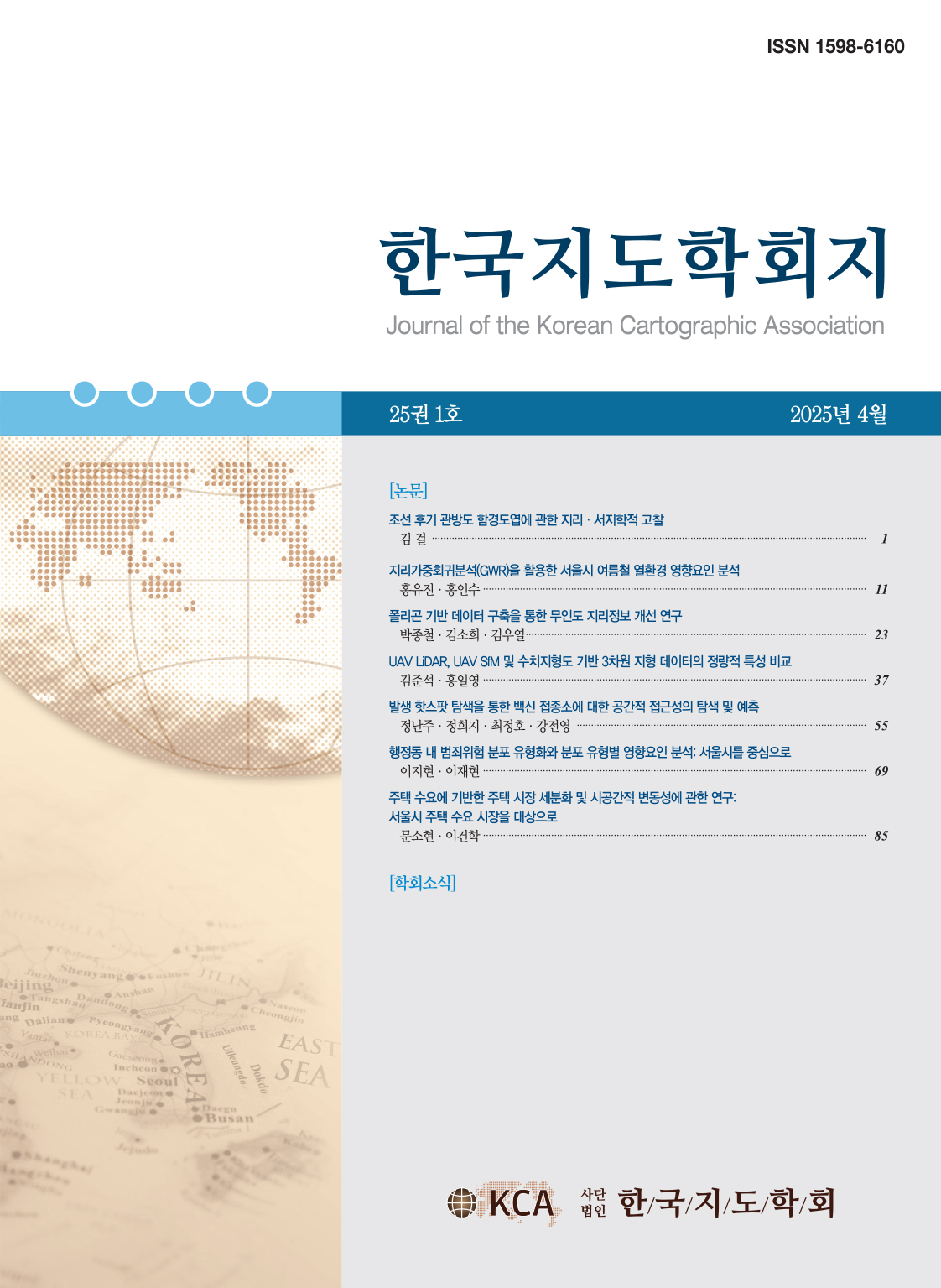Research Article
Abstract
References
Information
This paper examines why and how labor migration from Vyas Municipality, Tanahun, Nepal has mastered changes for the left-behind as well as in their community. The information was collected via interview by using a semi-structured interview with 175 migrant households through snowball sampling method. Focus group discussion and key informant interview also conducted for the in-depth information about remittance and its relation with the social changes of left-behind family members. Descriptive as well as inferential statistics were carried out to analyze the impact of remittance. The research finds that the remittance impacts positively on the social and economic conditions of individual migrants as well as their left-behind families. Improvement in the economic status of migrant households, the involvement of the household in community development activities, and participation of the household in social organizations have brought a positive change in the overall socio-economic status of the migrant households. The potential of migration to impact on other aspects of living conditions, social change and development at community levels are shaped and often limited by existing structures of power. The impact of remittances on economic and the social status of the sampled households is remarkable. The perceived status of the household in the post-migration period is better than that in the pre-migration period. For this purpose, one hundred and seventy-five households having migrant family member were selected for the household survey.
이 논문은 네팔의 Tanahun지구 Vyas지역에서의 노동이주가 왜 나타났고 어떻게 남겨진 가족들과 커뮤니티에 변화를 이끌어 냈는지 조사하였다. 본 논문에 필요한 정보를 취득하기 위하여 눈덩이 표집 방법을 이용하여 샘플링된 175개의 이주가정들을 대상으로 인터뷰를 시행했다. 송금에 관한 심층적 정보와 송금과 남겨진 구성원들의 사회적 변화 관계를 알아보기 위하여 관심 집단 토론과 주요 인터뷰를 시행했다. 송금의 영향력을 알아보기 위하여 기술 통계와 추론 통계를 시행하였다. 본 논문은 송금이 개인이주자들과 뒤쳐진 가계의 사회·경제적 조건에 긍정적인 영향을 미친다는 사실을 발견하였다. 이주 가정의 경제적 지위향상, 가계들의 커뮤니티 발전 활동 참여, 그리고 가계의 사회조직 참여는 이주 가정의 사회·경제적 지위에 일반적으로 긍정적인 변화를 이끌었다. 커뮤니티 단위에서의 삶의 조건, 사회변화 그리고 발전의 다른 부분에 영향을 미치는 이주 잠재력은 기존의 권력구조에 의해 만들어지고 제한된다. 송금이 표본의 사회·경제적 조건에 미치는 영향력은 상당한 것으로 나타났다. 가계의 지위는 이주 후가 이주 전보다 나은 것으로 인식되었다. 최종적으로 가계설문조사를 위해 이주 가족 구성원이 있는 175가구를 선정하였다.
- Battistella, G. and Conaco, M.C.G., 1998, The impact of labor migration on the children left behind: A study of elementary school children in the Philippines, Sojourn, 13(2), 220-241.10.1355/SJ13-2C
- Bhandari, P., 2004, Relative deprivation and migration in an agricultural setting of Nepal, Population and Environment, 25, 38-53.10.1023/B:POEN.0000036931.73465.79
- Bhattrai, R., 2007, Open borders, closed citizenships: Nepali labor migrants in Delhi. In International migration, multi-local livelihoods and human security: Perspectives from Europe, Asia and Africa. Institute of Social Studies: The Netherlands.
- CBS, 2011a, Nepal living standard survey, Kathmandu: Center Bureau of Statistics, National Planning Commission Secretariat, Government of Nepal.
- CBS, 2011b, Statistical pocketbook, Kathmandu: Center Bureau of Statistics, National Planning Commission Secretariat, Government of Nepal.
- Connell, J. and Conway, D., 2000, Migration and remittances in island microstates: a comparative perspective on the South Pacific and the Caribbean, International journal of urban and regional research, 24(1), 52-78.10.1111/1468-2427.00235
- Connell, J., Dasgupta, B., Laishly, R., Lipton, M., 1976, Migration from rural areas: Evidence from village studies, New Delhi: Oxford University Press.
- Cooray, A., 2012, The impact of migrant remittances on economic growth: evidence from South Asia, Review of International Economics, 20(5), 985-998.10.1111/roie.12008
- Dahal, M.K., 2004, Nepalese economy: Towards building a strong economic nation state, Kathmandu: New Hira Books Enterprises.
- Deshingkar, P., 2010, Migration, remote rural areas and chronic poverty in India. Overseas Development Institute.
- Dhungana, A.R. and Pandit, D., 2014, Socio-economic impact of remittance on households in Lekhnath municipality, Kaski, Nepal, Economic Literature, 12, 39-49.10.3126/el.v12i0.14886
- Dzięglewski, M., 2016, Return migration and social change in Poland: ‘Closures’ to migrants’ non-economic transfers, Central and Eastern European Migration Review, 5(2), 167-188.
- IFAD, 2006, Nepal country strategic opportunities programme. Enabling the rural poor to overcome poverty, International Fund for Agricultural Development, Eighty-ninth Session Rome, 12-14.
- IFAD, 2011, Rural Poverty Report 2011, Rome: International Fund for Agricultural Development.
- ILO, 2016, Promoting informed policy dialogue on migration, remittance and development in Nepal, Kathmandu: International Labor Organization.
- IOM, 2004, Glossary on migration, In IOM: International Migration Law (Geneva), International Organization for Migration.
- IOM, 2009, Gender and labor migration in Asia, International Organization for Migration.
- Johnson, D.G., 1948, Mobility as a field of research. Southern Economic Journal, 40, 152-161.10.2307/1053827
- Kunwar, L.S., 2015, Emigration of Nepalese people and its impact, Economic Journal of Development Issues, 19&20(1-2), 77-82.10.3126/ejdi.v19i1-2.17705
- Levitt, P. and Nyberg-Sørensen, N., 2004, The transnational turn in migration studies, In Global migration merspectives (Geneva, Global Commission on International Migration).
- Massey, D.S., Arango, J., Hugo, G., Kouaouci, A., Pellegrino, A., and Taylor, J.E., 1993, An evaluation of international migration theory: The North American Case, Population and Development Review, 20(4), 699-751.10.2307/2137660
- Naufal, G. and Termos, A., 2010, Remittances from GCC Countries: A Brief Outlook, Migration and the Gulf, Washington D.C.: Middle East Institute, 37-41.
- Page, J. and Plaza T., 2005, International migration and economic development: A Review of Global Evidence, Paper presented at the plenary session of the African Economic Research Consortium, Nairobi, Kenya.
- Parkins, N.C., 2010, Push and pull factors of migration, American Review of Political Economy, 8(2), 6-24.
- Pradhan, M.A.H. and Khan, G.U., 2015, Role of Remittance for improving quality of life: Evidence from Bangladesh, Turkish Economic Review, 2(3), 160-168.
- Quartey, P. and Blankson, T., 2004, Do migrant remittances minimize the impact of macro-volatility on the poor in Ghana?, The Global Development Network (GDN).
- Sapkota, K., 2018, Sense of home: Migration of young adults to Kathmandu Valley, Unpublished Ph.D. Dissertation, Faculty of Humanities and Social Sciences, Tribhuvan University, Kathmandu, Nepal.
- Sharma Y.G., 2006, Remittance income in Nepal: Need for economic development, The Journal of Nepalese Business Studies, 1, 11-15.
- Sharma, S. and Thapa, D., 2013, Taken for granted: Nepali migration to India, Kathmandu: Centre for the Study of Labor and Mobility.
- Sijapati, B. and Limbu, A., 2012, Governing labor migration in Nepal: An analysis of existing policies and institutional mechanisms, Kathmandu: Centre for the Study of Labor and Mobility.
- Stark, O. and Bloom, E.D., 1985, The New Economics of Labor Migration, The American Economic Review, 75(2), 173-178.
- Subedi, B.P., 1991, International migration in Nepal: Towards an analytical framework, Contributions to Nepalese Studies, 18(1), 83-102.
- Subedi, B.P., 1997, Migration and occupational change in Nepal: Preliminary findings, Nepal Population Journal, 6(5), 163-175.
- Subedi, B.P., 2006, Migration issues in Nepal: The local worldview of ghara (home) and para (other world/s) as a framework of understanding short-term territorial mobility in Nepal, Nepal Population Journal, 12(11), 1-18.
- Todaro, M.P., 1969, A Model of migration and urban unemployment in less developed countries, The American Economic Review, 59(1), 38-48.
- Van Hear, N., 2010, Theories of migration and social change, Journal of Ethnic and Migration Studies, 36(10), 1531-1536.10.1080/1369183X.2010.489359
- Walmsley, T., Aguiar, A., and Ahmed, S.A., 2017, Labor migration and economic growth in East and South‐East Asia, The World Economy, 40(1), 116-139.10.1111/twec.12334
- World Bank, 2011, Large-scale migration and remittance in Nepal: Issues, challenges and opportunities’. Kathmandu: Poverty Reduction and Economic Management Sector Unit, South Asia Region, World Bank.
- World Bank, 2016, Poverty headcount ratio at national poverty lines, World Bank Open Data, Global Poverty Working Group (http://data.worldbank. org/indicator/SI.POV.NAHC).
- Publisher :The Korean Cartographic Association
- Publisher(Ko) :한국지도학회
- Journal Title :Journal of the Korean Cartographic Association
- Journal Title(Ko) :한국지도학회지
- Volume : 19
- No :2
- Pages :133~146
- DOI :https://doi.org/10.16879/jkca.2019.19.2.133



 Journal of the Korean Cartographic Association
Journal of the Korean Cartographic Association





